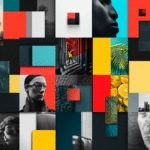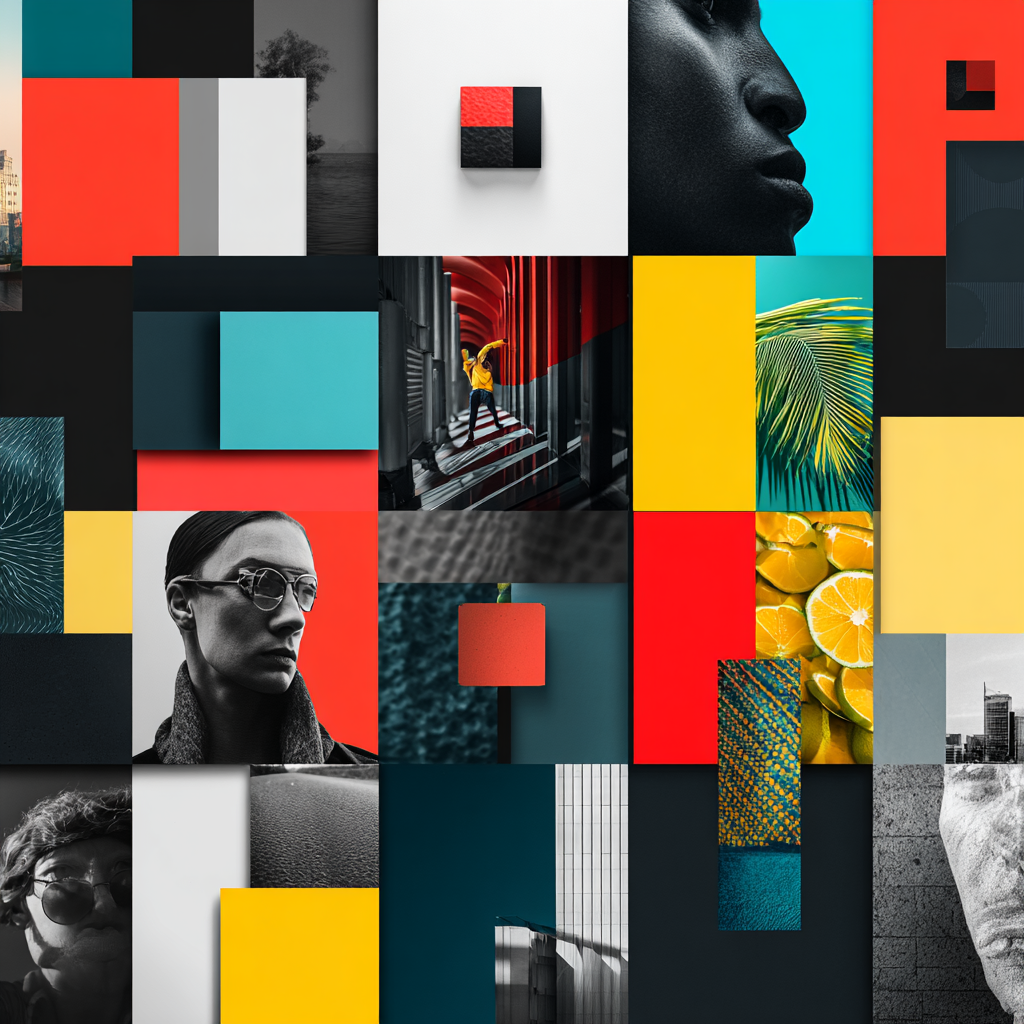Think of a color, any color, perhaps it’s your absolute favorite color, and according to statistics, and especially from a psychological standpoint, your choice is most likely blue. Although it’s favored more by men, rather than women, it’s still the most popular color found throughout the world. Now imagine a brand name, especially a tremendously successful and powerful online force, that’s associated with this particular hue.
Is it Facebook that immediately comes to mind? Perhaps it’s Skype that pops into our brains, even Twitter shares this popular hue that is instantly recognizable by this popular color. Be it iconic and weirdly ironic, all of these worldwide, mobile conglomerates are using this instantly recognizable color in association with their powerful brands.
While it’s easily imaginable as a happy accident, merely a coincidence or simply choosing a color that’s universally appealing to almost everyone, especially on a global level … but isn’t there something more to this puzzling, picture puzzle when it comes to marketing and branding?
There must be more than meets the eye (pardon the pun), when it comes to these color choices. Can connecting these colored dots with today’s consumers, especially on an emotional and cultural level, bring us more success in branding?
ARE THERE GENDER BENDERS?
Most of us associate the color of blue with masculinity and the birth of baby boys, while little girls and women are commonly branded and targeted with the frilly shade of pink. But when it comes to reaching all of our audiences today, regardless of their gender, branding goes far beyond these traditional, stereotypical labels and choices when it comes to using different tints and hues in order to connect more successfully with today’s online crowd.
For the sake of argument, let’s imagine another, more gender neutral-color, like green for instance. Do more men trend towards thoughts of money, wealth and power when compared to women, who may drift towards loftier ideas of Christmas, green grass and the environment? It all depends upon some unique circumstances, the individuals involved and many other variables.
Traditionally speaking, these outdated, antiquated perceptions and concepts may ring true in some cases, but instead, let’s examine them from a deeper and much broader perspective.
IS RED STILL A POWER COLOR?
Now let’s take a look at one of the strongest, most powerful and often used of our primary colors .. RED. What’s the first thing you think of … a stop sign, anger, blood, rage, passion, love or something entirely different. Although the color red may have a negative connotation attached to it, (Natzi Germany and the communist reguime may come to mind), in many cultures it’s seen as a symbol that’s completely the opposite of our past (or current), reactions, views, opinions and concepts.
In many Asian communities, brides often wear this seemingly unorthodox color on their wedding day as a celebratory shade, which is conjoined with happiness, joy and hope for the future. In this instance, think of going to your favorite Chinese restaurant, isn’t the decor usually drenched in red and gold? In their culture, both of these shades are synonymous with prosperity, wealth and positive thoughts towards a successful future.
IS YELLOW REALLY MELLOW?
Most of us western folk see the color yellow as a positive, happy-go-lucky, especially bright tint that is tied to smiley faces, butterflies and rainbows and is especially connective with children, youth and energy. If you think of both red and yellow tied together, the fast-food chain McDonald’s may come to mind, as they’ve been successfully using these two primary colors to attract children (and their parents) to their restaurants for generations.
But did you know that in the Middle East, especially Egypt and some Latin American cultures, the color yellow is reserved for death and mourning. Well, so much for that sunshiney feeling of joy and youth. But conversely, yellow, or more precisely gold, can often be seen as a sign of royalty, wealth, everlasting life and prosperity. Ironic, isn’t it?
So there’s obviously much more to consider when it comes to color choices, psychology, branding and crossing cultural differences when it comes to connecting with both our global and local audiences. Taking everything into consideration, when it comes to this important choice involving branding and marketing, a simple palette of color choices can often make a huge difference in questioning consumer’s responses and acceptance of our all-important image.
When you think about it, internet giant Google chose every color in the rainbow to represent their brand and reigns supreme online to this day. Did they hit a home run by picking all the primary and secondary choices available and appeal to audiences everywhere? Kinda looks that way, doesn’t it? But that won’t work in every circumstance.
About Author:
Nick Rojas is a business consultant and writer who lives in Los Angeles and Chicago. He has consulted small and medium-sized enterprises for over twenty years. He has contributed articles to Visual.ly, Entrepreneur, and TechCrunch. You can follow him on Twitter @NickARojas,. or you can reach him at NickAndrewRojas@gmail.com.








